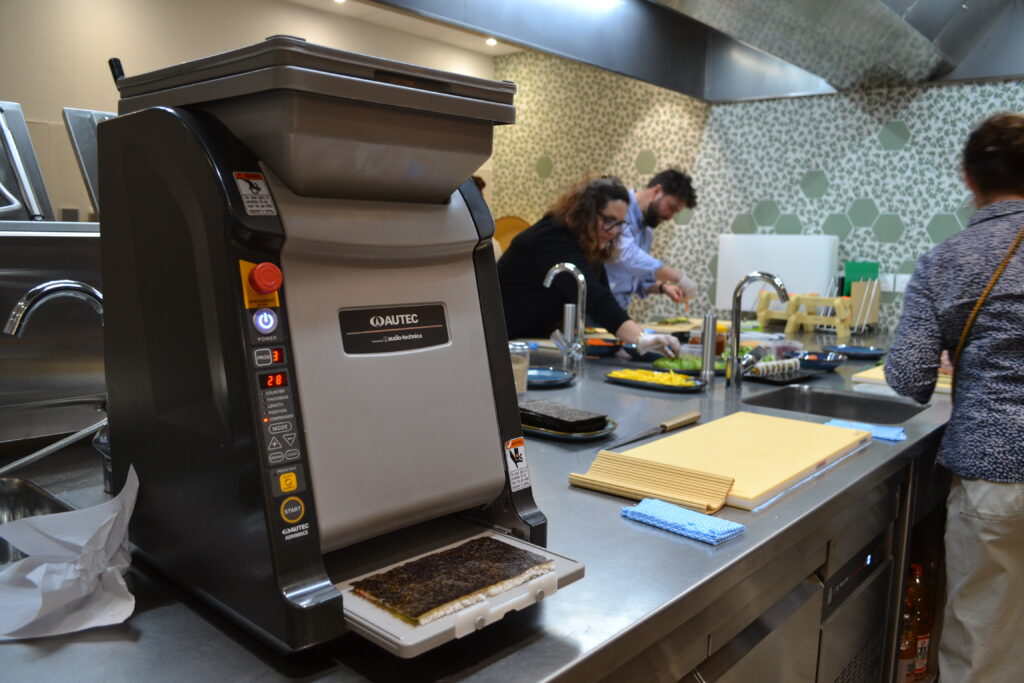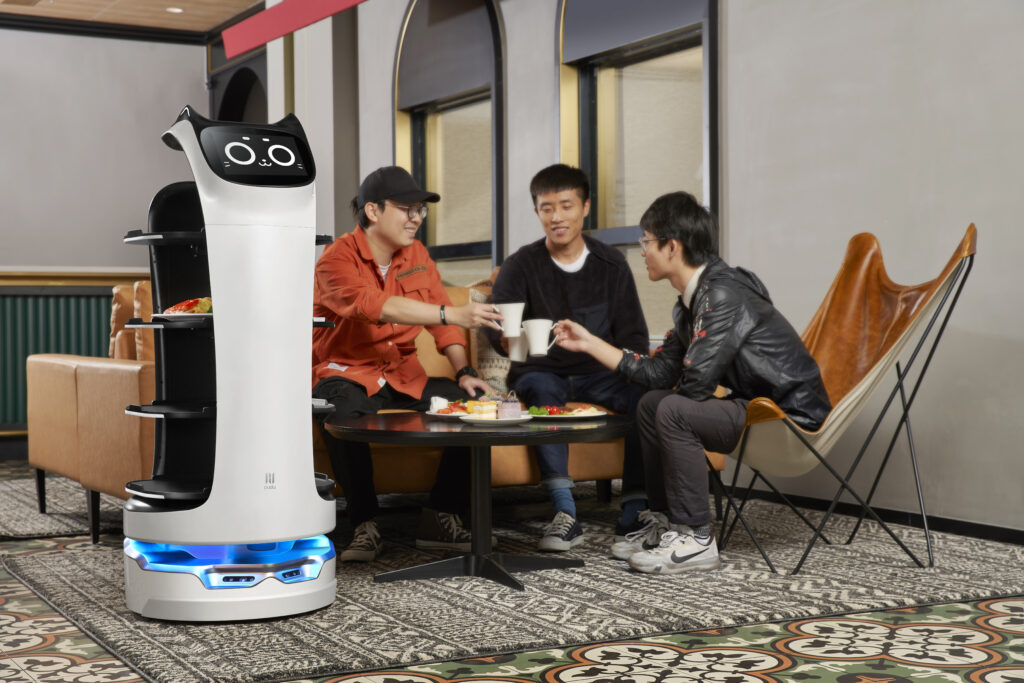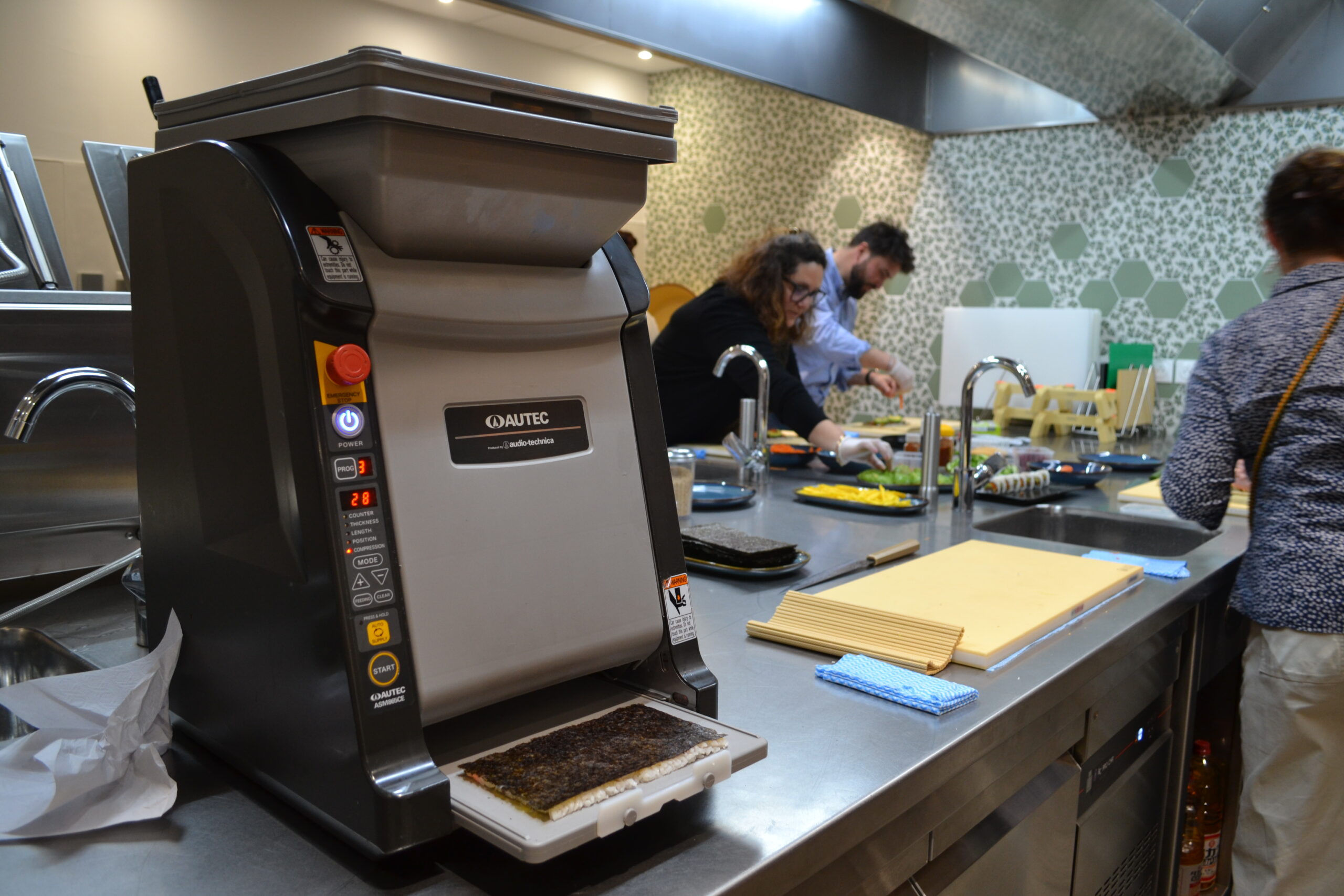In a sector as demanding as catering, optimising time and resources is essential. The automation of professional kitchens is now an essential solution for improving productivity, reducing costs and offering a better quality of service to customers. But what does automation really mean? Why should you invest in machines to automate your kitchen? What are the challenges ahead?
What is restaurant automation?
A professional automated kitchen is equipped with automated or robotic equipment designed to perform certain tasks, such as cutting, cooking or assembling dishes.
Although this automation may give cause for concern, for many it represents an opportunity to concentrate on more essential tasks. The aim of these robots and machines is not to replace the chef, but to assist him or her. By taking over repetitive and sometimes tedious tasks, they allow kitchen teams to focus on creativity and personalising dishes. It is also important to stress that a machine cannot function effectively without human intervention to programme and operate it correctly.
Automation is also happening outside the kitchen, with, for example, service robots, automatic order-taking or stock management. In this article we will focus on kitchen automation only.
Why automate your professional kitchen?
Today, automation offers many advantages for the smooth running of a catering establishment:
- Speed : The use of robots and machines guarantees smooth, consistent production.
- Precision Reducing human error means we can offer dishes of consistent quality, both visually and in terms of taste. The optimisation of ingredients and preparations by the machines ensures perfect consistency in the execution of recipes.
- Cost reduction Although the initial investment may be substantial, automation pays for itself in the long term through lower labour costs and reduced food waste.
- Customer satisfaction Faster service and consistently high quality dishes boost customer loyalty and satisfaction.
- Improving working conditions By eliminating repetitive tasks, staff can devote more time to creating and designing dishes, thereby reducing workloads, fatigue and the risk of musculoskeletal disorders (MSDs) in certain equipment.
How can I automate my kitchen?
To successfully automate a professional kitchen, it's essential to follow a number of steps:
- Analysing needs Identify repetitive and time-consuming tasks that could be handled by machines.
- Choosing the right equipment : There is a wide range of machines, from cutting robots to intelligent ovens, automatic ingredient dispensers and robotic arms for assembling dishes. You need to know how to select the machines and robots best suited to your needs and resources.
- Call in the experts: It's essential to work with professionals who specialise in kitchen automation. Their advice can help you choose the equipment best suited to your establishment's specific needs, ensure optimum installation and guarantee efficient maintenance.
- Gradually integrating automation Test the equipment on specific tasks before extending its use to the entire kitchen.
- Ensuring regular maintenance Monitoring and maintenance of machines are essential to avoid breakdowns and ensure optimum operation, even in full service.
The challenges of automation
Although automation seems to be an ideal solution for many establishments, there are also certain challenges to be taken into account:
- The cost of acquisition The purchase and installation of the machines represents a major investment.
- Staff training The teams must be trained in the use and maintenance of the machines. It is also essential to make staff aware of the fact that these tools do not replace their work, but accompany it, to avoid any reluctance.
- Technological dependence : In the event of a power cut or failure, it's essential to have a back-up solution to ensure that the restaurant's business doesn't come to a standstill.
The automation of professional kitchens represents a veritable revolution, enabling restaurateurs to optimise their productivity while improving the quality of their service. However, it does not replace human expertise, but complements it by offering high-performance tools to facilitate work in the kitchen. By anticipating the challenges associated with its adoption, restaurant professionals can take full advantage of this technology and be part of the future of gastronomy.
As demand for fast, efficient, high-quality food continues to grow, automation is becoming a strategic asset. By striking the right balance between innovation and expertise, restaurateurs can offer their customers an increasingly satisfying experience, while improving their own working conditions and profitability.





